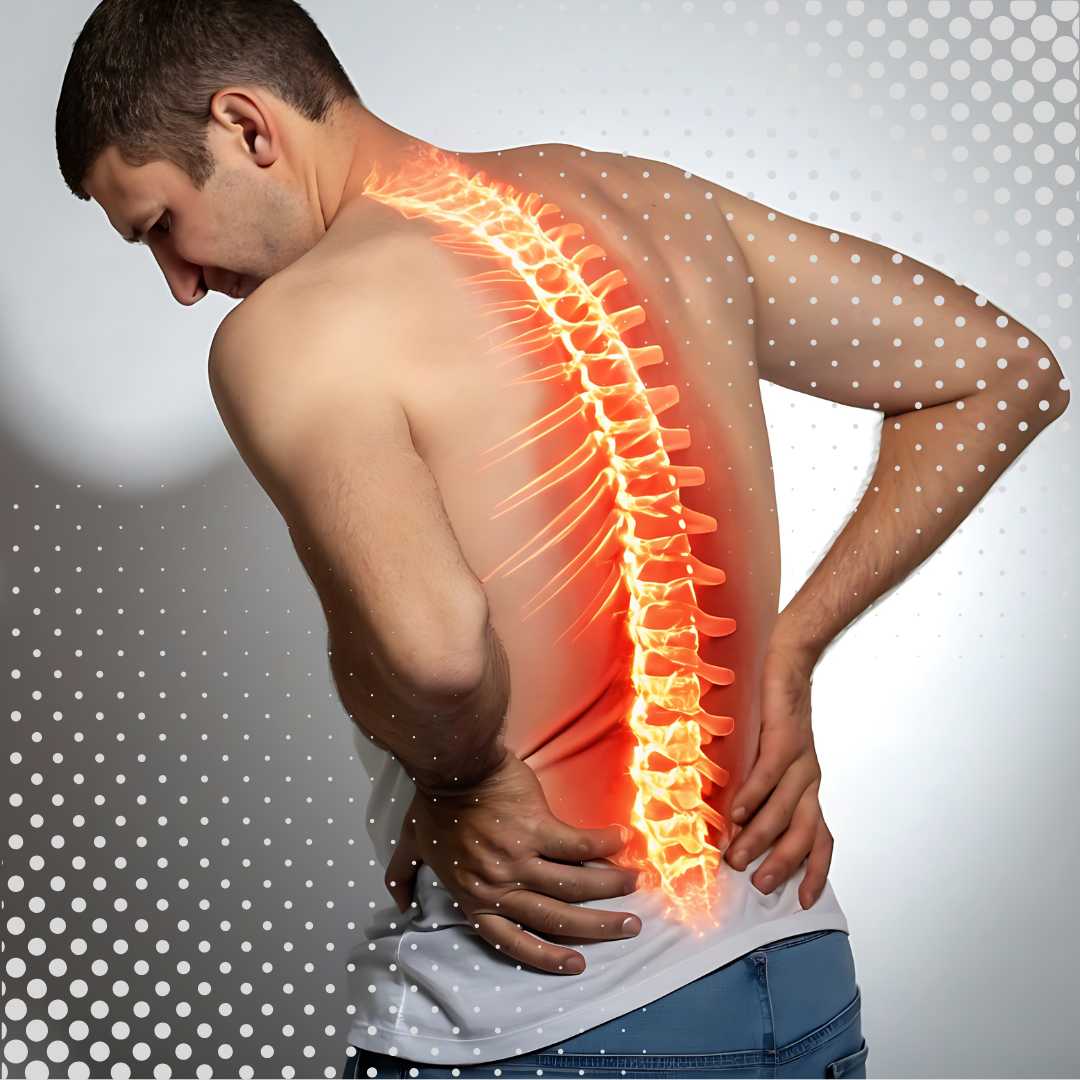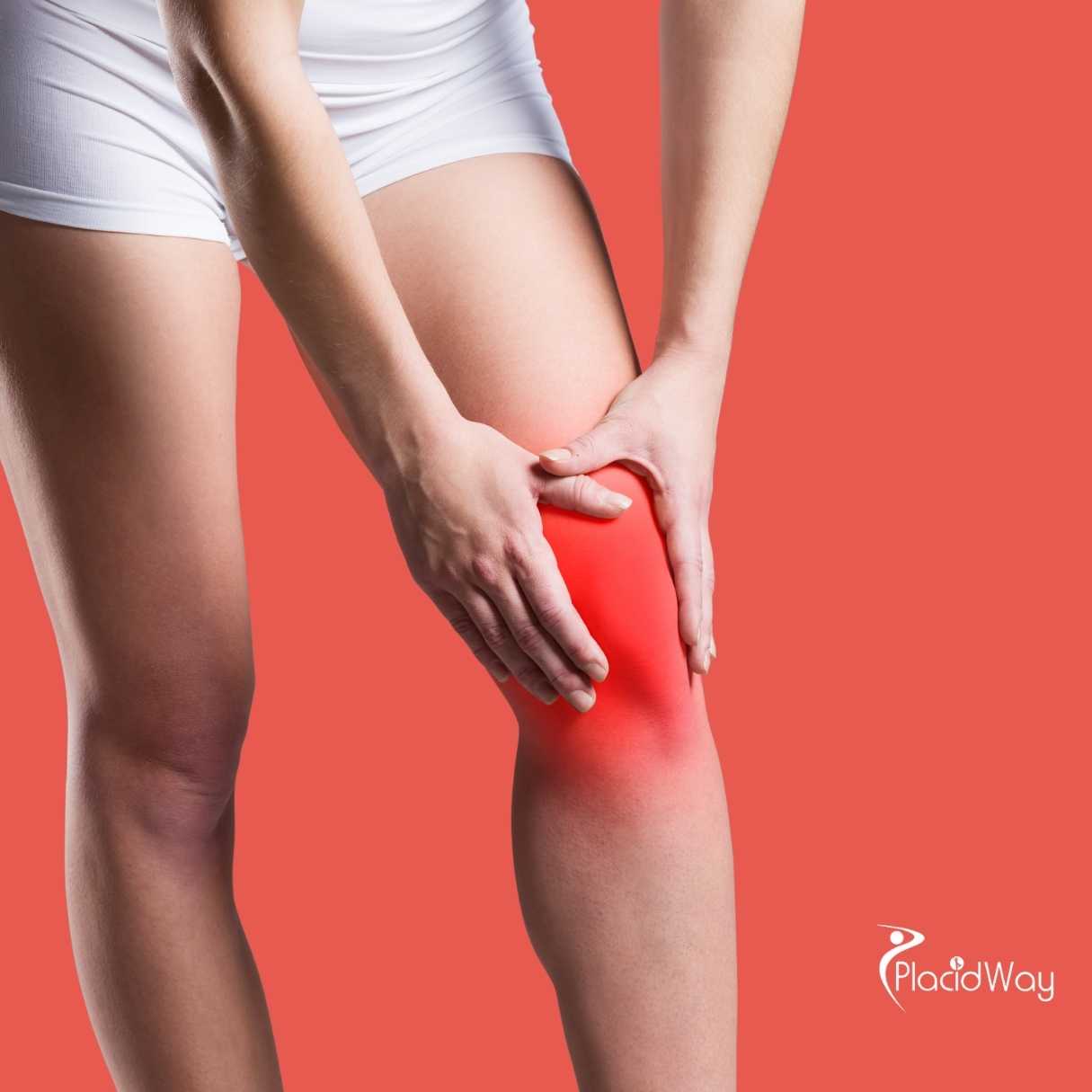
For many Canadians suffering from chronic knee pain due to injury or arthritis, the options often feel limited: endure the pain, rely on temporary solutions like cortisone shots, or face the prospect of invasive knee replacement surgery. However, a fourth option is gaining significant traction: traveling to Mexico for stem cell therapy. This cutting-edge regenerative treatment, which uses the body's own healing power to repair damaged knee tissue, offers a minimally invasive alternative that is not only more accessible but also significantly more affordable than the limited options available in Canada.
Key Takeaways
-
Significant Savings: Canadians can save 50-70% on high-quality stem cell therapy for knee injuries by choosing treatment in Mexico.
-
Advanced Treatment Access: Mexico provides access to advanced stem cell protocols, often using potent mesenchymal stem cells (MSCs) that are not yet widely available for orthopedic use in Canada.
-
Bypass Long Wait Times: Patients can schedule treatment in weeks, avoiding the lengthy delays for specialist consultations and procedures within the Canadian healthcare system.
-
Cost of Stem Cell Therapy for Knees (per knee):
-
Mexico: $4,000 - $8,000 USD
-
Canada: Largely unavailable; private trials can exceed $15,000 - $25,000 USD.
-
What is Stem Cell Therapy for Knees?
Stem cell therapy for knee injuries is a regenerative medical procedure where concentrated stem cells are injected directly into the knee joint. The goal is not to mask pain, but to heal the underlying damage by reducing inflammation, regenerating damaged cartilage, and promoting the repair of tissues like ligaments and menisci.
The workhorses of orthopedic stem cell therapy are mesenchymal stem cells (MSCs). These remarkable cells are multipotent, meaning they can develop into various cell types needed within the knee, including chondrocytes (cartilage cells). They can be sourced from:
-
A patient's own (autologous) adipose (fat) tissue or bone marrow.
-
Allogeneic sources, primarily ethically donated umbilical cord tissue.
Once administered into the knee joint, MSCs initiate a powerful healing cascade. They release anti-inflammatory agents, signal the body's local repair cells to get to work, and begin the process of differentiating into new tissue to repair what has been lost to injury or degenerative wear and tear.
The Great Divide: Why Canadians Look South
The primary reasons Canadians travel to Mexico for this therapy are rooted in the stark differences in medical regulations, accessibility, and cost between the two countries. While Canada proceeds with extreme caution, Mexico has embraced the clinical application of regenerative medicine.
The Canadian Landscape: Restricted and Expensive
In Canada, Health Canada classifies most stem cell therapies for orthopedic conditions like knee osteoarthritis as "investigational." This means they are not approved as a standard of care and are not covered by provincial health insurance. Access is restricted to a handful of expensive, private clinical trials that have long waiting lists and very strict inclusion criteria. For the average person with knee pain, this makes the therapy virtually inaccessible.
The Mexican Advantage: Regulated and Accessible
Conversely, Mexico's health authority, COFEPRIS, has established regulations that permit clinics to offer stem cell therapy as a clinical treatment. This has allowed specialized clinics to develop extensive expertise and robust patient safety protocols. This clear regulatory pathway, combined with lower operational costs, makes knee stem cell therapy a readily available and affordable option for international patients.
Cost Analysis: The Financial Incentive for Canadians
For Canadians facing out-of-pocket expenses for any non-covered procedure, the cost difference is a game-changer. The savings on stem cell therapy in Mexico can be substantial enough to cover the entire cost of travel and accommodation, with plenty left over.
The table below provides a clear comparison of what a patient might expect to pay.
Which Knee Injuries Respond Best to Stem Cell Therapy?
Stem cell therapy is most effective for conditions caused by inflammation and tissue degeneration. It is a powerful tool for those who are not yet candidates for, or wish to avoid, total knee replacement surgery.
Commonly treated knee conditions include:
-
Knee Osteoarthritis: This is the most common application. Stem cells work to regenerate worn-down cartilage, reduce chronic inflammation, and improve joint fluid quality, leading to less pain and improved function.
-
Meniscus Tears: For partial degenerative tears, stem cells can help heal the damaged tissue, often preventing the need for surgical removal (meniscectomy), which can accelerate arthritis.
-
Partial Ligament Tears: It can aid in the healing of partially torn ligaments like the Anterior Cruciate Ligament (ACL) or Medial Collateral Ligament (MCL).
-
Chondromalacia Patellae: This condition involves the softening and breakdown of the cartilage on the underside of the kneecap. Stem cells can help regenerate this crucial cartilage surface.
Did You Know? Umbilical cord-derived mesenchymal stem cells are often preferred for orthopedic treatments in older patients. This is because, unlike a patient's own older cells, they are young, more robust, and have a greater capacity to multiply and differentiate. They are also collected from pre-screened, ethically donated cords after healthy births and do not require a separate harvesting procedure from the patient.
The Patient Journey: From Canada to a Mexican Clinic
Leading Mexican clinics have perfected the medical tourism process, ensuring a smooth, safe, and stress-free experience for their Canadian patients.
-
Free Virtual Consultation: The process starts from your home. You will submit your medical records, including knee MRI reports, to the clinic. Their medical team will review your case to determine if you are a suitable candidate and provide a detailed treatment plan and a firm price quote.
-
Travel & Logistics: Once you decide to proceed, the clinic's international patient coordinator will assist you with scheduling and travel logistics, such as recommending hotels and arranging for airport transportation in destinations like Cancun or Guadalajara.
-
The Treatment Day: Upon arrival at the clinic, you will have a final in-person consultation and examination. The stem cell procedure itself is minimally invasive. The area is numbed, and the prepared stem cells are precisely injected into the knee joint, often using ultrasound guidance to ensure perfect placement. The entire appointment usually takes just a few hours.
-
Recovery & Return: After a brief period of rest and observation, you can return to your hotel. There is minimal downtime. Most patients can comfortably fly back to Canada within 2-3 days of the procedure. The clinic will provide you with post-treatment instructions to support the healing process.
How to Choose a Reputable Stem Cell Clinic in Mexico
Your safety and the efficacy of your treatment depend entirely on the quality of the clinic you choose. Diligent research is non-negotiable.
Key markers of a high-quality clinic:
-
COFEPRIS License: This is the most critical factor. Ensure the clinic holds a valid license from the Mexican government to perform stem cell therapies.
-
Specialized Physicians: Look for clinics staffed by orthopedic surgeons, sports medicine doctors, or specialists in regenerative medicine who have extensive experience with musculoskeletal injections.
-
Lab Quality: The clinic should have an on-site, state-of-the-art laboratory for processing the stem cells to ensure their purity, viability, and sterility.
-
Transparent Pricing & Outcomes: A trustworthy clinic will provide clear, all-inclusive pricing and offer realistic expectations about potential results. Be wary of any provider that guarantees a "cure."
-
Verifiable Patient Reviews: Seek out testimonials and reviews from former patients, particularly other Canadians who have been treated for similar knee conditions.
Expert Insight "The success of stem cell therapy for knees is highly dependent on patient selection. The ideal candidate has moderate, not 'bone-on-bone,' osteoarthritis. In these cases, there is still cartilage to save and a joint environment that can be shifted from degenerative to regenerative. Precise, ultrasound-guided injection is also crucial to ensure the cells are delivered directly to the damaged intra-articular structures." - Orthopedic Specialist
Frequently Asked Questions (FAQ)
How long does the relief from knee stem cell therapy last?
While not a permanent cure, many patients experience significant pain relief and functional improvement for several years. The longevity of the results depends on the severity of the initial injury, the patient's age, and their adherence to post-treatment recommendations like maintaining a healthy weight and engaging in low-impact exercise.
Is the stem cell injection painful?
The knee is numbed with a local anesthetic before the injection, so the procedure itself is generally not painful. Patients may feel a sensation of pressure. It is common to experience some mild soreness and swelling in the knee for a few days afterward, which is a normal part of the inflammatory healing response.
How soon will I notice a difference in my knee?
The healing process is gradual. Some patients report a decrease in inflammation and pain within the first month, but the most significant benefits from tissue regeneration typically emerge between 3 and 6 months post-treatment as the new cartilage develops.
Are there any side effects or risks?
Stem cell therapy is considered very safe. The primary risks are minimal and similar to any joint injection, such as temporary pain, swelling at the injection site, or a very small risk of infection. When using your own cells, there is no risk of rejection.
Why is this treatment not available from my orthopedic surgeon in Canada?
The lengthy and costly process required by Health Canada for a new therapy to become an approved "standard of care" means that widespread availability is likely still years away. Canadian orthopedic surgeons must follow the guidelines of their medical associations, which currently limit the use of stem cell therapy to research settings.
I have severe "bone-on-bone" arthritis. Can stem cell therapy help me?
For end-stage, bone-on-bone osteoarthritis, stem cell therapy is less likely to regrow significant amounts of cartilage. While it may still help reduce pain and inflammation for some, knee replacement surgery is often the more effective long-term solution in these severe cases. The best candidates have mild to moderate arthritis.
Take the Next Step Towards Knee Recovery with PlacidWay
Don't let chronic knee pain dictate your life. If you're ready to explore how you can save money while accessing advanced regenerative treatment, PlacidWay is here to help. We are a trusted medical tourism partner for Canadians, connecting patients with a curated network of Mexico's leading and most reputable stem cell clinics. We can help you receive free, personalized treatment quotes and navigate your journey to a pain-free life with confidence.









.jpg)
.png)







Share this listing